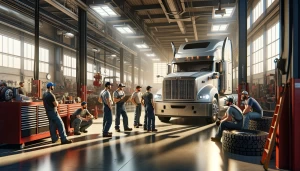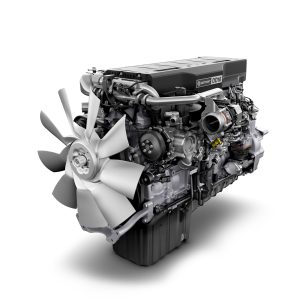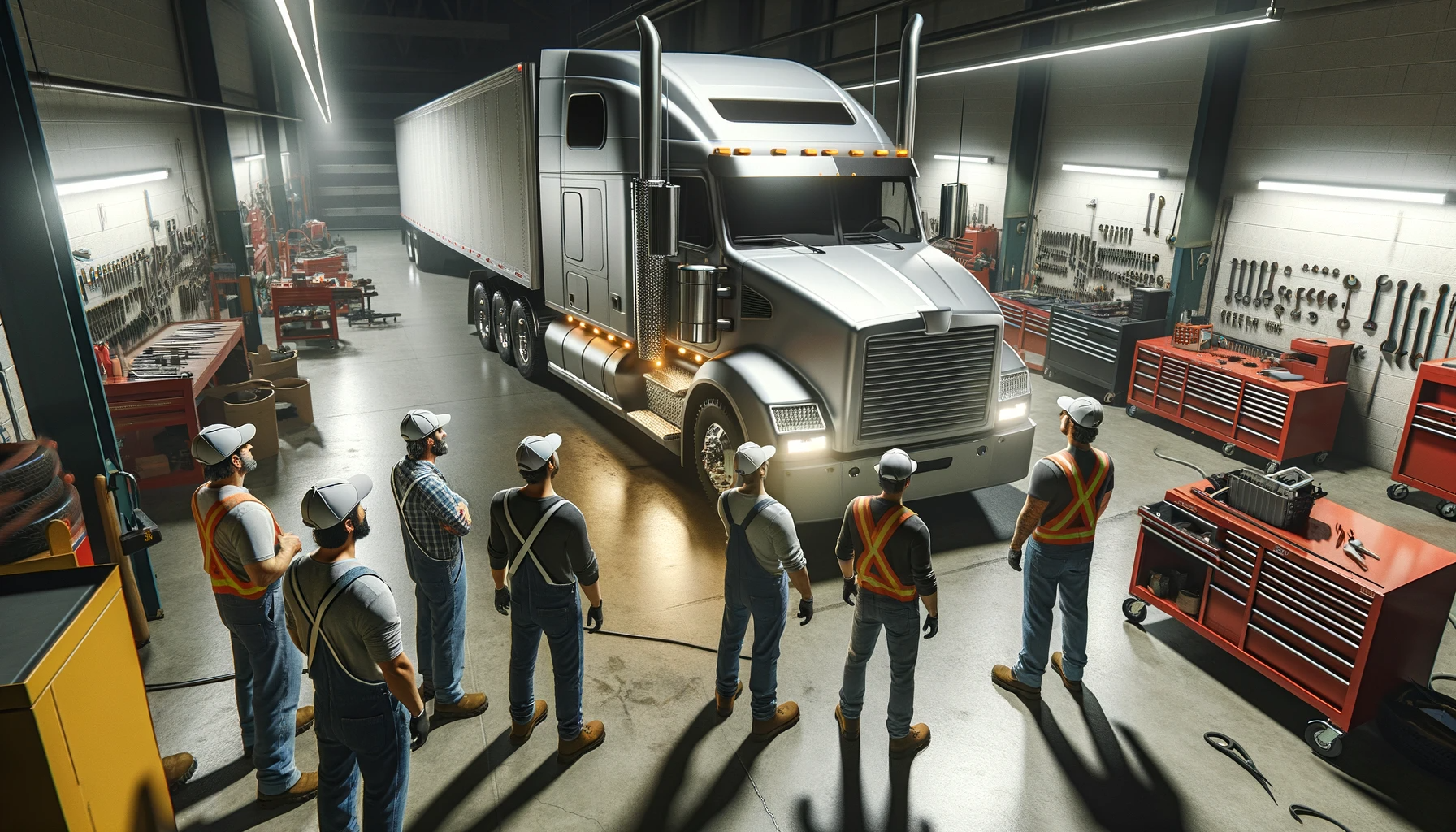Decrease in Truck Maintenance Costs: A 2023 Mid-Year Review

2023: A year of significant shift in truck maintenance costs.
The American Trucking Associations’ Technology and Maintenance Council (TMC) and Decisiv Inc. have released pivotal data in their latest Decisiv/TMC North American Service Event Benchmark Report, revealing significant shifts in truck maintenance costs during the first half of 2023. This comprehensive analysis offers a valuable perspective on the changing dynamics of the trucking industry. For more news and updates on the Trucking Industry, check out this page.
Stabilization and Decline: A Two-Phase Journey
First Quarter Overview: In the first quarter of 2023, the trucking industry witnessed a stabilization in parts and labor costs, a notable shift from the previously escalating expenses. This period marked a significant deceleration in cost increases, as compared to the steep rise experienced in the previous year. The reasons behind this stabilization are multifaceted. Fleets have been grappling with the challenges posed by aging trucks and escalating parts prices. Moreover, the industry has been proactive in addressing the growing need for skilled technicians. For additional insights into fleet management challenges, explore this page.
Key Statistics and Trends:
- Parts costs saw a marginal decrease of 0.4 percent.
- Labor costs, contrary to the general trend, increased by 2.3 percent.
- This period marked a significant slowdown in cost escalation, with a mere 0.7 percent rise compared to the over 8 percent increase from the previous year.
Second Quarter Developments: The second quarter of 2023 brought a more pronounced decline in parts and labor expenses. The combined costs for the top 25 VMRS (Vehicle Maintenance Reporting Standard) system level codes decreased by 1.3 percent from Q1 to Q2. This period marked the first annual decrease in labor costs in a year and a consecutive quarterly decrease in parts costs. Stay updated on the latest trends in heavy-duty truck maintenance, click here.

The second quarter brought a welcome decrease in labor and parts costs.
Factors Influencing the Decrease:
Enjoying our insights?
Subscribe to our newsletter to keep up with the latest industry trends and developments.
Stay Informed- Increased production of new, less repair-intensive trucks.
- Reduced operation of older trucks due to lower mileage requirements.
- Decreasing demand for service and repair activities, influenced by the influx of replacement vehicles and a decline in freight volumes.
- On a year-over-year basis, the increase in combined parts and labor costs was significantly reduced, standing at 5.57 percent, compared to a 15 percent increase in the same period last year.
In-Depth Data Analysis: The Path to Predictability

Innovative data analysis drives effective cost management in trucking.
The Decisiv/TMC report, generated using data from the Decisiv SRM platform, covers over 7 million commercial assets and manages a staggering 70,000 service events weekly across nearly 5,000 locations. This extensive data collection and analysis provide fleets and service providers with the insights needed to drive down expenses effectively. For additional details on the Trucking Industry’s operational efficiency strategies, check out this link.
Fleet Maintenance and Repair Cost Trends:
- Engines and related systems accounted for the largest share of costs in Q2 2023, with powerplant, exhaust, cooling, and fuel systems collectively making up 60.2 percent of the total expenses.
- The expansion of the VMRS cost reporting to 25 system level codes has enabled a more granular analysis of the parts and labor expenses, covering more than 97 percent of the total service activity.
Looking Forward: Anticipating Equilibrium

Emerging trends: Predictable costs and efficient fleet management.
There is a growing consensus among industry experts that service and repair costs will soon find a new equilibrium. This anticipated stability is expected to bring the costs into a more predictable cycle, akin to what the industry experienced in the past. Such predictability is essential for effective fleet management and financial planning.
Conclusion: A Positive Shift in the Trucking Industry
The first half of 2023 has been a period of significant transformation for the trucking industry, with a welcome decrease in truck maintenance costs. This trend represents a positive shift, indicating improved operational efficiency and cost management within the industry. As fleets continue to adapt to the evolving market dynamics, the focus remains on sustaining these cost-effective practices for the long-term health and profitability of the trucking sector. Dig deeper into related trucking trends and news, visit this link.
Key Developments in Truck Maintenance Costs
As we approach the end of 2023’s second quarter, the trucking industry has witnessed significant developments in maintenance costs:
- Stabilization in Q1: A notable slowdown in the increase of parts and labor costs, indicating effective management of aging fleets and higher parts prices.
- Decline in Q2: The first annual decrease in labor costs in a year and a continuous decrease in parts costs, influenced by the delivery of new, more efficient trucks and lower freight volumes.
- Data-Driven Insights: The expanded VMRS cost reporting has enabled a deeper analysis of maintenance expenses, covering a wider range of service activities.
- Future Outlook: An expected return to more predictable and stable service and repair costs, aligning with traditional industry cycles.
These developments reflect a positive shift towards greater efficiency and predictability in the trucking industry’s approach to maintenance and operational costs.
Explore More on Related Topics:
- For the latest on American Trucking Associations’ initiatives, explore this page.
- To understand more about cost-cutting strategies in trucking, check out this link.
- Learn about the role of service centers in fleet maintenance, visit this page.
Explore External Resources and Insights:
- American Trucking Associations’ Report on Q1 2023: Gain a comprehensive understanding of the first quarter’s trucking industry trends with the American Trucking Associations’ report on parts and labor costs stabilizing in the first quarter of 2023.
- Decisiv’s Report on Q2 2023: Explore detailed insights into the second quarter’s decrease in truck maintenance costs in the Decisiv report on parts and labor costs for Q2 2023.
- Technology & Maintenance Council (TMC): For more information on the TMC’s role in the trucking industry and access to their resources, visit the Technology & Maintenance Council’s official website.
- Bureau of Transportation Statistics’ Freight Data: Explore comprehensive data on freight transportation in the United States, including charts and statistical tables, through the Bureau of Transportation Statistics’ Freight Facts and Figures page.




















